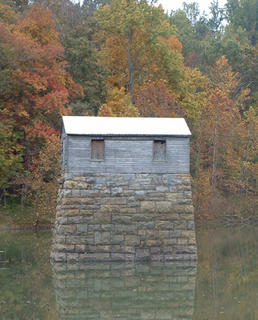
Don't take my word for it
Lee Graves in the Richmond Times Dispatch:
Finding forests to hike now requires a bit of a drive, which is why I'm glad to have resources such as 60 Hikes Within 60 Miles: Richmond ... a fresh addition to the 60-60 series from Menasha Ridge Press.
Style Weekly:
Whether you’re looking for a hardcore adventure or a picnic with the kids, local writer Nathan Lott’s new book, 60 Hikes Within 60 Miles: Richmond ($16.95, Menasha Press), offers an exhaustive guide to finding the perfect outdoor experience for you.
Fredericksburg Freelance-Star:
These state and regional hiking guidebooks just get better and better. And Lott, a Richmond hiker and writer, has used all the best, most helpful features and graphic assists in this new book.
Although this is a Richmond-centered guide, there are just enough trails in our part of Virginia to make it worth buying.
Richmond.com:
In addition to providing key information such as length, difficulty, hiking time, configuration and scenery, Lott also gives readers information on history, ecology and natural sciences in each of his three- to four-page hike descriptions.
OutRiderBooks.com:
Residents of Richmond, Petersburg, Williamsburg, or Fredericksburg -- and visitors to the area -- will find plenty of good reasons to strap on some hiking boots and get outdoors in this helpful guide.































